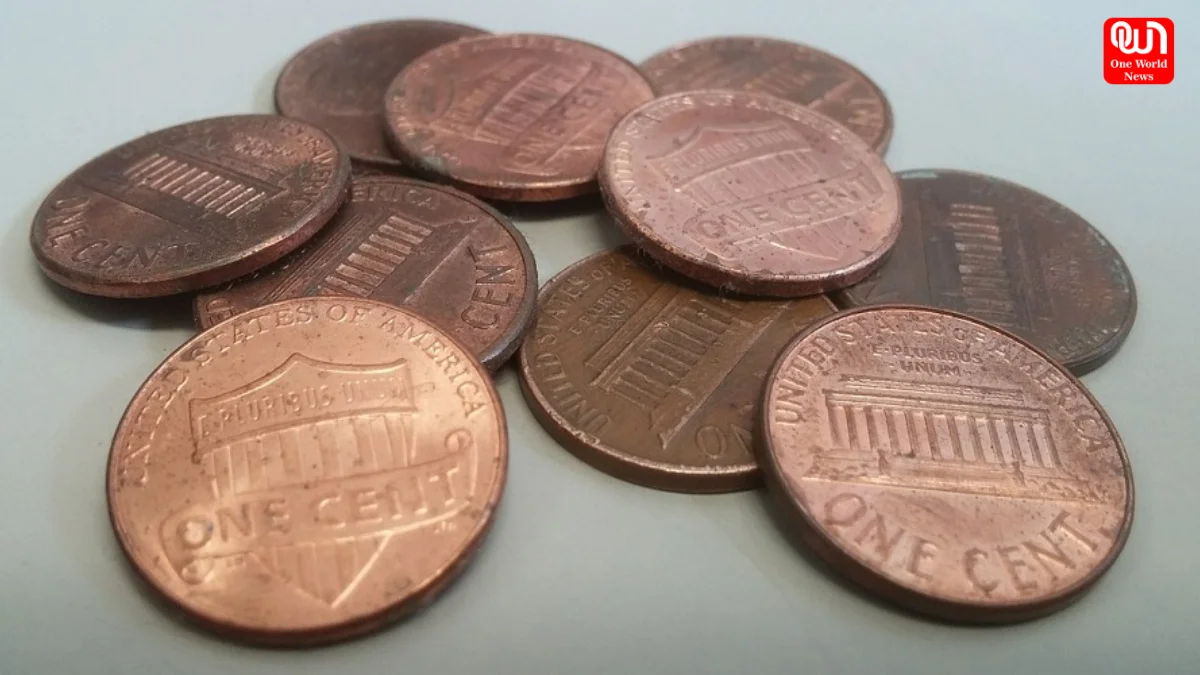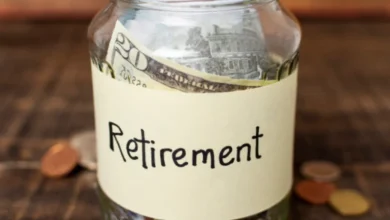National One Cent Day: Celebrating the Legacy of America’s Smallest Coin
The Evolution of the One Cent Coin: From Franklin’s Design to Modern Pennies
Honoring History, Change, and Craftsmanship on National One Cent Day
In 1787, the United States issued its initial one-cent coin made by a private mint. It was designed by Benjamin Franklin. On one side, it said “Mind Your Business” and on the other “We Are One.” This coin, composed entirely of copper, was bigger than the current penny and became known as the Fugio cent.
The United States Mint was established for the first time in 1792. The initial coins produced by the freshly created mint were known as Chain cents, or by today’s collectors, Flowing Hair Chain Cents. On one side of the coin was a circle made of 13 chain links symbolizing the 13 colonies. On the opposite side was a depiction of a woman with cascading hair, referred to as Liberty.
The one-cent coin was downsized in the 1850s to render the currency more economical and simpler to manage. In 1856, the mint created the Flying Eagle cent featuring a wreath on the back side.
This coin was swiftly substituted by the Indian Head cent in 1859, which rapidly gained popularity and stayed in circulation for many years.
The current one-cent coin consists of copper and zinc and has featured the likeness of President Abraham Lincoln since 1909. From 1959 to 2008, the reverse displayed the Lincoln Memorial. In 2009, four distinct reverse designs celebrated Lincoln’s 200th birthday, showing different moments from his life, while a new, permanent reverse – the Union Shield – was unveiled in 2010.
Background of National One Cent Day
In 1787, the United States released its initial one-cent coin, created by Benjamin Franklin. On one face, the coin stated “Mind Your Business”, while on the opposite face, it read “We Are One”. In contrast to today’s one-cent coins, Franklin’s design was fully composed of copper and was larger as well. It later became known as the Fugio cent or the Franklin cent. These coins were manually crafted and produced by laborers without employing machines.
However, in 1792, with the establishment of the United States Mint, a design proposal for a new coin was put forward. On April 1, 1793, the new one-cent coin was launched into circulation. These new coins represented the Statue of Liberty. One side featured an illustration of a woman with cascading hair, while the other side displayed 13 chains symbolizing the 13 colonies. Over the years, the coin was downsized to facilitate handling. The coin subsequently underwent multiple design modifications, transitioning from an eagle wreath and an American Indian’s head to the likeness of President Lincoln. The metals used in its composition shifted from entirely copper to 97.5% zinc and merely 2.5% copper.
Thus, that’s the situation. Although a one-cent coin can evoke feelings of wealth or poverty based on the situation, it is certain that individuals have been commemorating the day to honor the coin’s significant history and its role in the development of the U.S.A.
Timeline of National One Cent Day
- Late 1780s Slavery Claims Over One Cent’s Design- Franklin’s Liberty design faces criticism for symbolizing slavery because of its design featuring 13 chains.
- 1859 Indian Head Put on the One Cent- Following a design alteration, the head of an American Indian is featured on the one-cent coin, quickly gaining popularity among the public and remaining in circulation for many years.
- 1959 Lincoln’s Memorial on One Cent- President Lincoln is celebrated with his image appearing on the one-cent coin from 1959 until 2008.
- 2010 Union Shield on the One Cent- Following President Lincoln’s visage, the one-cent coin features the symbol of the Union Shield.
Read More: From Payments to Real Estate: Smart Contracts on Blockchain
Ways to Celebrate National One Cent Day
- Discover the one cent and beyond: You can journey through your memories and discover the various historical elements tied to the one-cent coin- its origins, the entities that produced it, the designs that were turned down, and more. While you’re at it, delve into the history of another currency as well to find any parallels in the paths of both the notes and the coins.
- Value the artisans of the past : Shaping, shaving, and cutting metal is a challenging task on its own. Creating something like a coin requires immense dedication, time, energy, and expertise, particularly without the assistance of advanced machinery and similar tools. These individuals warrant recognition and appreciation, as their dedication is the reason we have a reason to commemorate National One Cent Day in the beginning.
- Gather those one-cent coins: It is quite alluring to use that one cent just for the sake of using it since, ultimately, many individuals see it as having little worth. Nonetheless, it’s crucial to keep in mind that every single cent you gather and save brings you closer to acquiring that expensive item or indulging in a well-deserved spa day.
Read More: The Ultimate Guide to Understanding Commercial Invoices
The Significance of National One Cent Day
- It’s a commemoration of the past: There is no question that history offers significant lessons for us to absorb and apply in our daily lives. Additionally, there is a kind of history that enables us to value what we possess now. The one-cent coin has experienced several transformations, all of which are noteworthy and deserving of celebration.
- It’s an honor of persistence: Who could have imagined that a tiny coin could represent the determination and perseverance displayed by our forebears? The one-cent coin carries a narrative of liberty and cultural variety linked to it-all deserving of attention!
- It’s a commemoration of transformation: Change-and perpetual change, to be precise-is a principle of nature. Nothing remains in a single unchanging state, and even something that appears trivial, such as a coin, has undergone considerable transformations over time, whether in its design or composition. Continuous change is inevitable and ought to be embraced.
We’re now on WhatsApp. Click to join.
Like this post?
Register at One World News to never miss out on videos, celeb interviews, and best reads.








